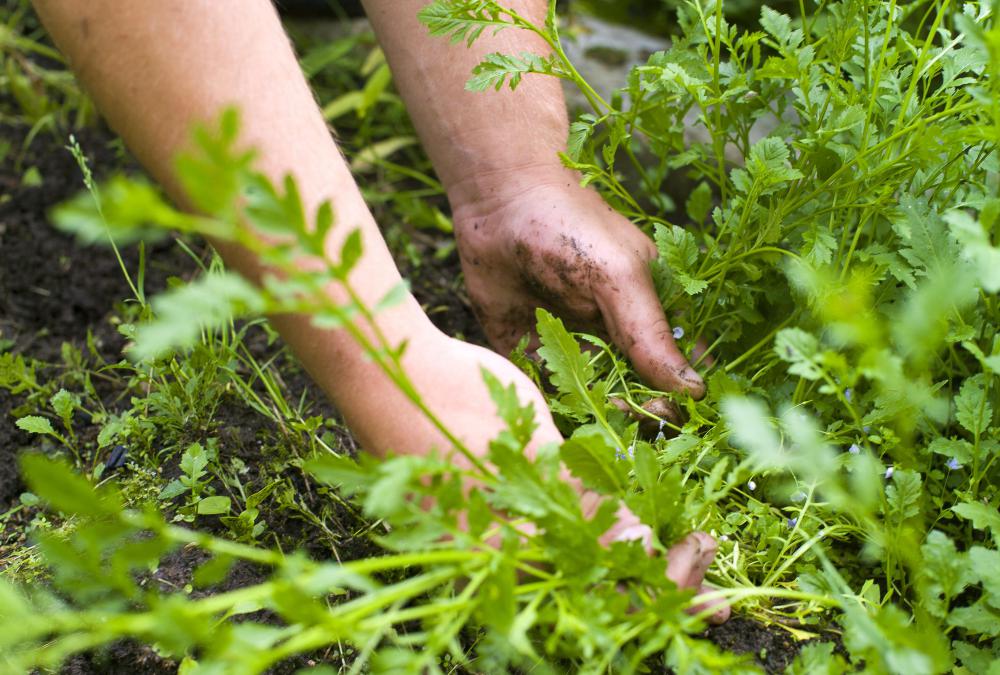At WiseGEEK, we're committed to delivering accurate, trustworthy information. Our expert-authored content is rigorously fact-checked and sourced from credible authorities. Discover how we uphold the highest standards in providing you with reliable knowledge.
What is Knotweed?
Knotweed is a plant native to many parts of Asia. Japanese and Giant knotweed are both used as components in the nutraceutical, resveratrol, which is thought to have anti-oxidant and anti-aging properties.
This plant has an appearance similar to bamboo, which may explain why it is sometimes called Japanese or Mexican bamboo. It is not, however, related to the bamboo plant. It is sometimes also called donkey rhubarb, and some people do eat the stems of young plants, which are somewhat similar in taste to rhubarb or asparagus.

Europeans and Americans introduced the two knotweed plants into their countries with bad results. Though the purpose for introducing the plant was largely ornamental, it soon became known as a tenacious and aggressive plant species that could easily invade small cracks in the sidewalk, or choke more preferable plants.
Knotweed is not simply a useless weed, however, it may annoy gardeners. In fact in the northeast US, beekeepers grow it because it flowers for longer than most other plants, and thus keeps honeybees in busy production. Honey produced from this plant has been compared to buckwheat honey in taste and appearance.

Despite its potential usefulness as a medicinal product, and its undisputed ability to boost honey production, gardeners generally despise it, since it is extremely tenacious. In some areas it has been responsible for the deaths of native plants because it tends to provide so much shade in the spring that some plants cannot get needed sunlight. Also, the vegetation of the knotweed is so dense that other plants cannot grow through it.

Some strategies to kill knotweed involve cutting down the plant and then covering the area completely with pliable tarps. This can effectively smother it as it begins to aggressively grow again. Alternately, using glyphosate, found in products like Roundup®, may kill knotweed, but it may also kill other flowers and plants that are desirable. Some merely keep the weed trimmed back as far as possible to keep the plant from growing large and disturbing the sun allotment of other plants.
AS FEATURED ON:
AS FEATURED ON:














Discuss this Article
Post your comments